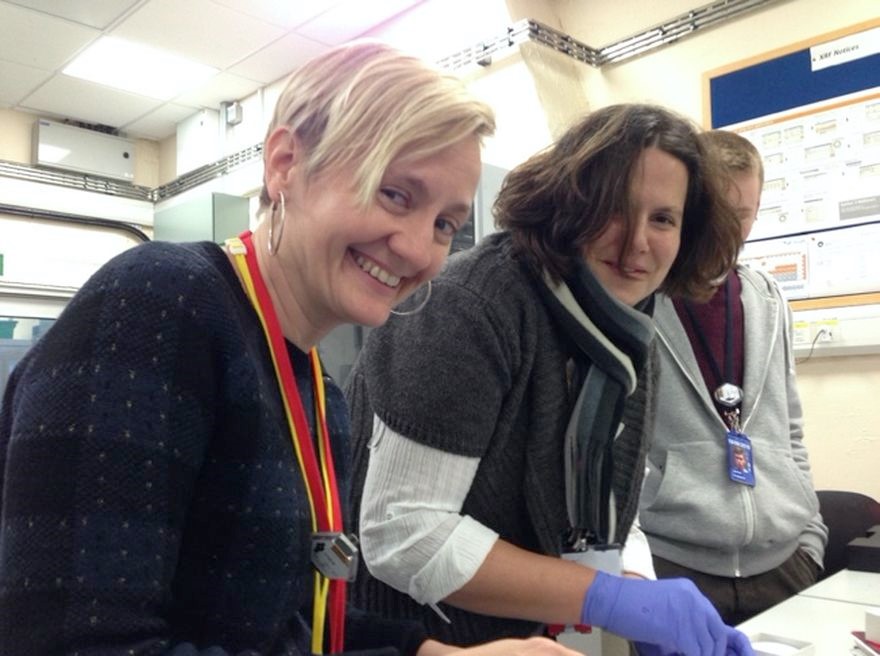The project, which ended in September, aimed to deliver user labs within the experimental halls at the ESS in Lund, Sweden, providing users with access to labs to prepare samples for neutron scattering experiments, forming part of the UK contribution to the ESS. The on-site chemistry and life science laboratories went into operation at ESS since earlier this year, marking a significant achievement in building the facility, and two further laboratories are currently being installed.
Marek Jura manages the ISIS Support Laboratories, and has been part of the project since its inception in 2016, following on from his membership of the ESS Environment, Safety and Health Advisory Committee. He was then approached by the newly appointed ESS Laboratories Manager (Michelle Everett) at the committee meeting in Lund, to work with the ESS support staff on the design and specification of their user labs.
Marek was very keen to participate with this exciting project from the start, and welcomed the opportunity to influence the plans for ESS labs. He says, “I have really enjoyed working with the ESS Lab Group over the last five years. It has been a real team effort, where all members of both ISIS and ESS lab groups have been involved with in the sharing of ideas and experiences."
 Monika Hartl is the Group Leader for Sample Handling and User Laboratory at the ESS. She says, “With the input from ISIS, we have been able to streamline the project and strike a good balance between must-haves, especially at the beginning, and nice-to-haves. SFTC has also supported ESS with long-term loans of instrumentations, one of which is currently the most used instrument in our lab – the X-fluorescence machine."
Monika Hartl is the Group Leader for Sample Handling and User Laboratory at the ESS. She says, “With the input from ISIS, we have been able to streamline the project and strike a good balance between must-haves, especially at the beginning, and nice-to-haves. SFTC has also supported ESS with long-term loans of instrumentations, one of which is currently the most used instrument in our lab – the X-fluorescence machine."
Left: Michelle Everett (ESS), Monika Hartl (ESS) visiting ISIS Support Labs to carry out X-ray Fluorescence Spectroscopy (XRF) measurements for chemical analysis of soil and rocks on the ESS construction site in 2016.
The reason why we have so successfully completed the installation in the E-buildings despite Brexit and the Covid-19 pandemic, has been the close collaboration between the in-kind partners at STFC and ourselves." Monika Hartl, ESS
The collaboration was important for the UK user community as well, Marek says. “Being involved very early on meant that we could use our expertise to ensure the UK user community benefits from a consistent experience at the two facilities." And it doesn't end here, “Establishing that close collaboration has been great for both facilities," he says, “and that is set to continue after the project has closed – we are already planning future activities, including a joint seminar at the ESS site, to mark the opening of the labs."
Justin Greenhalgh is the UK-ESS programme manager. He says, “This is a really inspiring international project, which has progressed really well over the last year despite Covid, and it’s great to be a vital part of that.”
